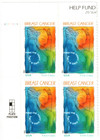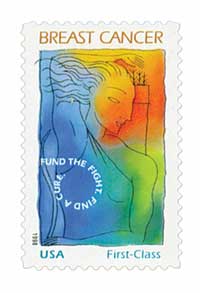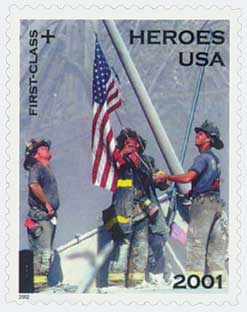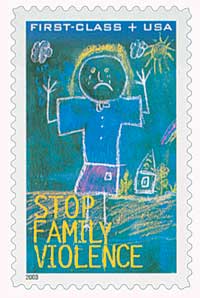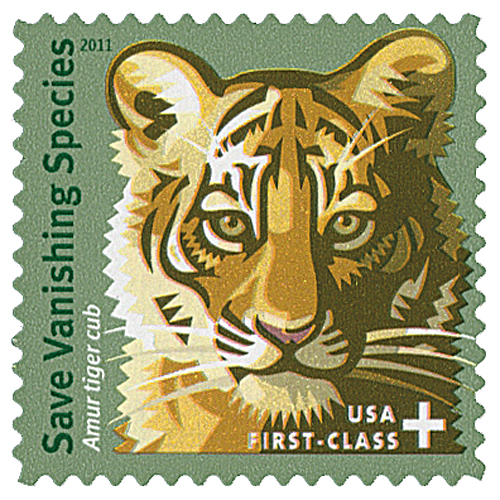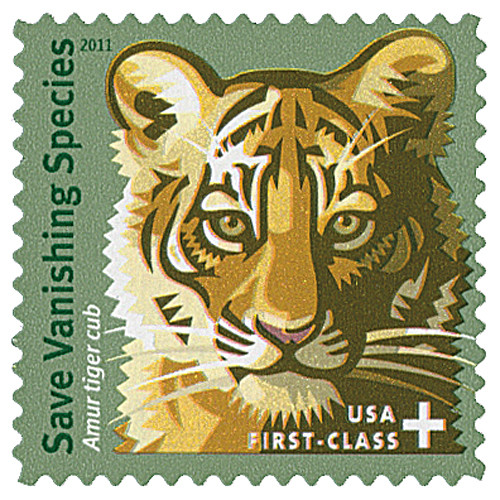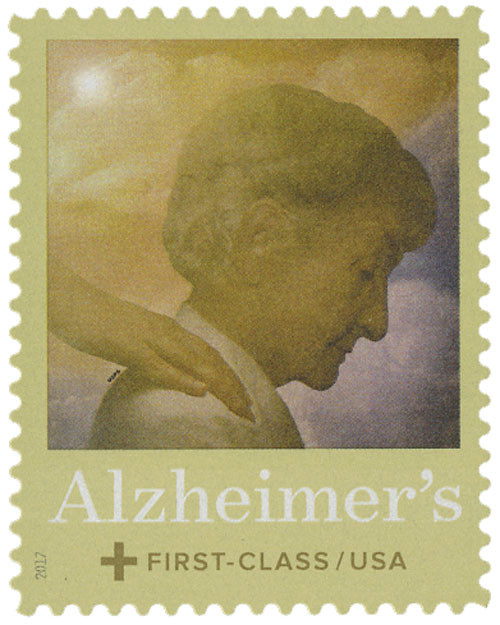
# B1 - 1998 32c & 8c Semipostal - Breast Cancer Awareness
1998 32¢ + 8¢ Breast Cancer Research
First U.S. Semi-Postal
Semi-postal stamps are issued to serve a double purpose. Priced higher than regular postage, they pay the current postal rate, but they also contribute a portion of their cost to a charitable cause.

The world’s first semi-postals were issued in 1897 by New South Wales, a British colony that is now part of Australia. A surcharge over the regular postal rate was added to stamps commemorating Queen Victoria’s diamond jubilee. The revenue generated by this additional fee was used to build the Queen Victoria Home for Consumptives, for victims of tuberculosis. Those first semi-postals carried a surcharge equal to twelve times the normal postal value!
On August 13, 1997, President Bill Clinton signed the Stamp Out Breast Cancer Act, which directed the Postal Service to create a special first class postage stamp. This issue could be priced at 25 percent above regular first class rates. As the first U.S. semi-postal stamp, the Breast Cancer Research issue cost 40 cents while carrying a postage value of 32 cents. Of the extra eight cents, 70 percent went to the National Institute of Health, and 30 percent funded medical research by the Department of Defense.
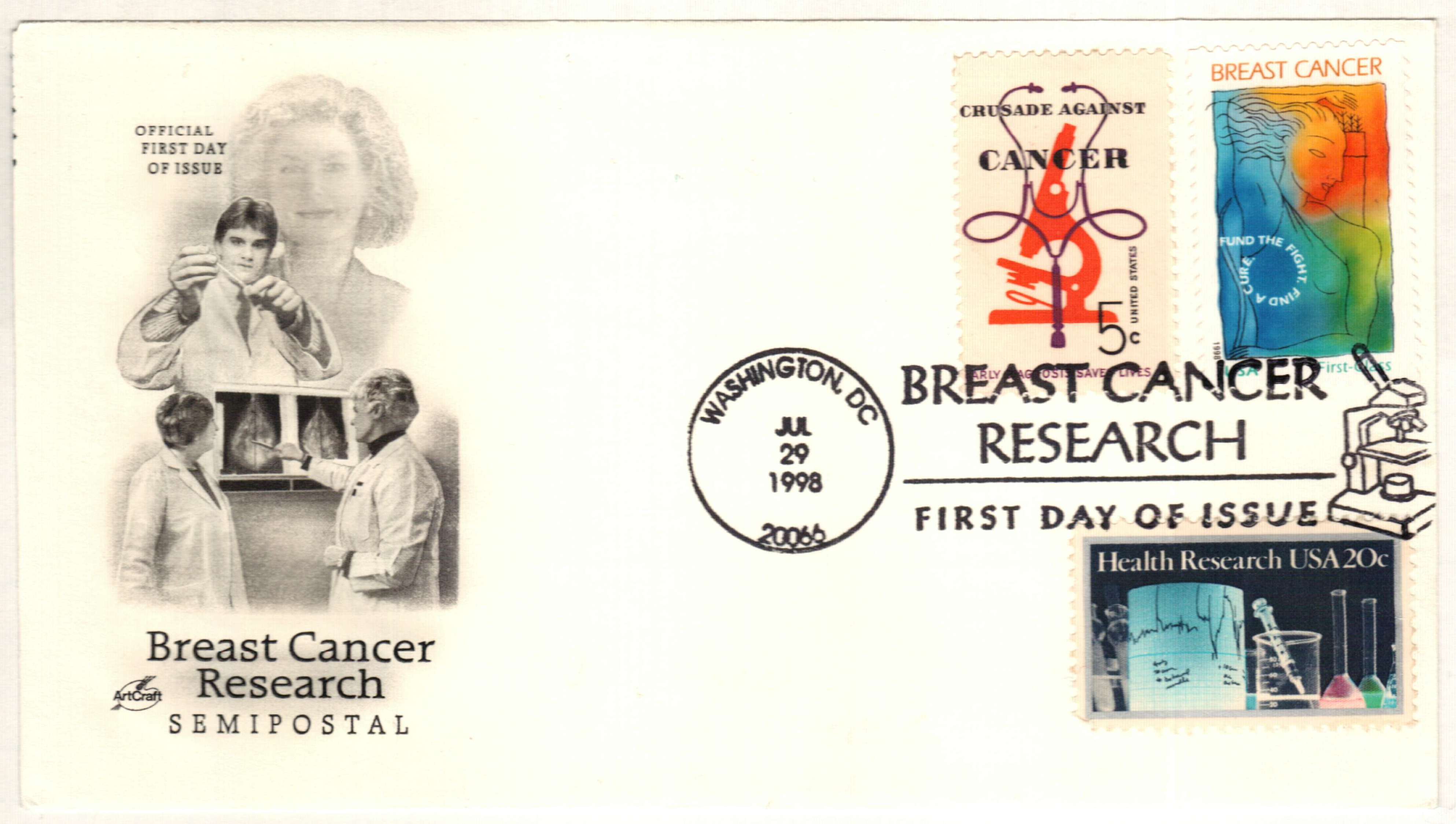
Between its original issue date in 1998 and June 2014, the Breast Cancer Research stamp raised over $78.9 million. The stamp was reissued in 2014 with a postage value of 49¢ and a surcharge of 11¢. As of this year, both stamps have raised over $84.4 million for breast cancer research.
Click the images below to read about other U.S. semi-postals and to add them to your collection.
1998 32¢ + 8¢ Breast Cancer Research
First U.S. Semi-Postal
Semi-postal stamps are issued to serve a double purpose. Priced higher than regular postage, they pay the current postal rate, but they also contribute a portion of their cost to a charitable cause.

The world’s first semi-postals were issued in 1897 by New South Wales, a British colony that is now part of Australia. A surcharge over the regular postal rate was added to stamps commemorating Queen Victoria’s diamond jubilee. The revenue generated by this additional fee was used to build the Queen Victoria Home for Consumptives, for victims of tuberculosis. Those first semi-postals carried a surcharge equal to twelve times the normal postal value!
On August 13, 1997, President Bill Clinton signed the Stamp Out Breast Cancer Act, which directed the Postal Service to create a special first class postage stamp. This issue could be priced at 25 percent above regular first class rates. As the first U.S. semi-postal stamp, the Breast Cancer Research issue cost 40 cents while carrying a postage value of 32 cents. Of the extra eight cents, 70 percent went to the National Institute of Health, and 30 percent funded medical research by the Department of Defense.

Between its original issue date in 1998 and June 2014, the Breast Cancer Research stamp raised over $78.9 million. The stamp was reissued in 2014 with a postage value of 49¢ and a surcharge of 11¢. As of this year, both stamps have raised over $84.4 million for breast cancer research.
Click the images below to read about other U.S. semi-postals and to add them to your collection.





